Triangular diplomacy in the new era of great power competition
Many argue that President Donald Trump’s geopolitical thinking continues to reflect a classic approach: viewing international relations as a competition between great powers, rather than placing faith in multilateral institutions. In that context, his push to normalize relations with Russia, through a summit in Alaska in mid-August 2025, and planned meetings in the coming time, is seen as an effort to restore balance. The goal is to avoid confrontation with both Moscow and Beijing at the same time, while restoring the flexibility of the “triangular diplomacy” that Henry Kissinger initiated half a century ago.
In fact, the channels of communication between Washington and Moscow are being adjusted in a more flexible direction. The two sides have resumed a number of closed-door dialogues on strategic security, arms control and regional issues. Although there has been no significant breakthrough, the resumption of diplomatic exchanges after a long hiatus shows that both the US and Russia are aware of the limits of direct confrontation. In the context of the Ukraine conflict entering a “saturated” phase, maintaining an effective dialogue channel has become a strategic requirement, especially when President Trump has expressed his desire to reshape foreign policy based on “national interest priorities” rather than global engagement.

Economics and technology become the focus of shaping the new balance
However, while the trend towards flexibility has emerged with Russia, China remains the central challenge in President Trump’s calculations. The Trump administration’s harsh tariff policy reflects a clear escalation in the US-China strategic competition. Washington accuses Beijing of manipulating trade, while China responds by tightening controls on rare earth exports – a resource of which it accounts for 70% of global production. This is evidence of an increasingly common trend: economics and technology play an increasingly important role; countries use economic and technological power to pressure, isolate opponents, promote interests and shape the world order without direct military conflict.
Previous tariffs have caused a sharp decline in bilateral trade, disrupting global supply chains. However, both sides have sought to adapt: China has expanded its domestic market, while the US has promoted policies of “re-industrialization” and “reshoring”. The new tariffs are therefore not only aimed at containing the Chinese economy, but also serve President Trump’s domestic political goals, as he wants to demonstrate his ability to protect American jobs and workers.
However, history and current practice show that using economic leverage as a political tool is very risky. The US-China economic relationship has become deeply intertwined: the interdependence between the two economies is higher than at any period of confrontation in the 20th century. When the US puts pressure through tariffs, technology restrictions or trade barriers, Beijing is also able to respond with a policy of "technological self-reliance", increasing domestic production and diversifying supply chains. And in fact, China is currently promoting a strategy of "self-reliance" in science and technology, oriented towards high-tech industrial production and reducing dependence on external resources.
On the US side, a tough tariff policy may bring short-term benefits but also put pressure on financial markets. Stock indexes and cryptocurrencies fell immediately after the announcement, reflecting the sensitivity of the US economy, where the financial sector accounts for 70% of GDP. Washington is facing a difficult choice: maintain the position of a strong dollar to ensure global power, or accept adjustments to re-industrialize the economy.
The question is whether President Trump is aiming for a comprehensive strategy of competition with China, or is seeking a period of “conditional detente” to stabilize the foreign environment. Some scholars believe that his approach is tactical, aiming to create room for the US to restore production capacity, restructure the market and consolidate its position before entering a new competitive cycle.
Meanwhile, China continues to consolidate its position in the core technology and new energy sectors, while Russia plays a “moderating” role in the strategic triangle, maintaining relations with Beijing while opening the door to dialogue with Washington. The emergence of information about the upcoming Russia-US summit could be a signal that the power triangle is seeking relative stability, at least in the short term.
Source: https://congluan.vn/ban-co-the-gioi-va-tam-giac-chien-luoc-dang-doi-hinh-10318510.html



![[Photo] President Luong Cuong receives Speaker of the Korean National Assembly Woo Won Shik](/_next/image?url=https%3A%2F%2Fvphoto.vietnam.vn%2Fthumb%2F1200x675%2Fvietnam%2Fresource%2FIMAGE%2F2025%2F11%2F21%2F1763720046458_ndo_br_1-jpg.webp&w=3840&q=75)
![[Photo] General Secretary To Lam receives President of the Senate of the Czech Republic Milos Vystrcil](/_next/image?url=https%3A%2F%2Fvphoto.vietnam.vn%2Fthumb%2F1200x675%2Fvietnam%2Fresource%2FIMAGE%2F2025%2F11%2F21%2F1763723946294_ndo_br_1-8401-jpg.webp&w=3840&q=75)

![[Photo] Visit Hung Yen to admire the "wooden masterpiece" pagoda in the heart of the Northern Delta](/_next/image?url=https%3A%2F%2Fvphoto.vietnam.vn%2Fthumb%2F1200x675%2Fvietnam%2Fresource%2FIMAGE%2F2025%2F11%2F21%2F1763716446000_a1-bnd-8471-1769-jpg.webp&w=3840&q=75)
![[Photo] National Assembly Chairman Tran Thanh Man holds talks with President of the Senate of the Czech Republic Milos Vystrcil](/_next/image?url=https%3A%2F%2Fvphoto.vietnam.vn%2Fthumb%2F1200x675%2Fvietnam%2Fresource%2FIMAGE%2F2025%2F11%2F21%2F1763715853195_ndo_br_bnd-6440-jpg.webp&w=3840&q=75)
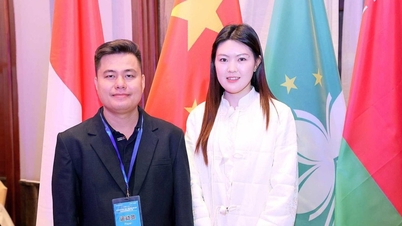



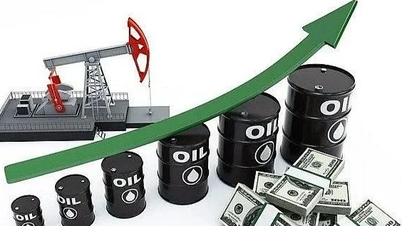


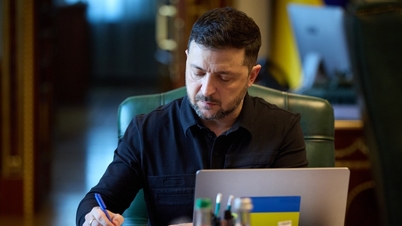





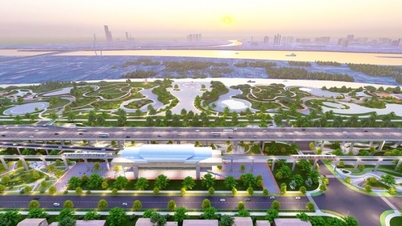


































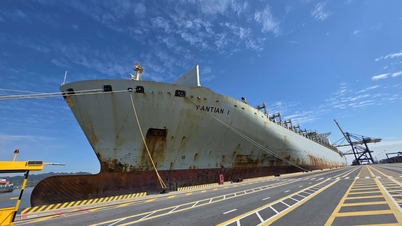
















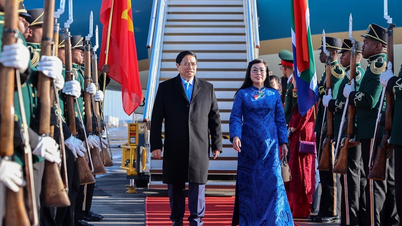
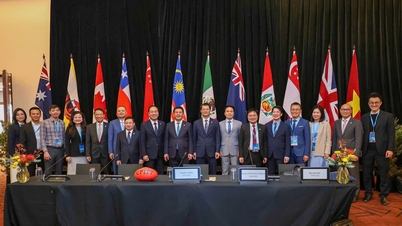







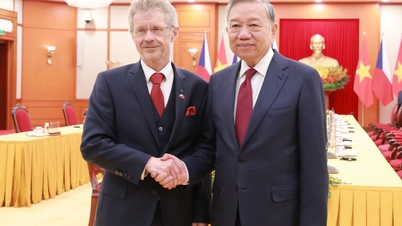

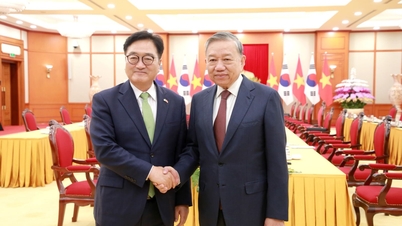



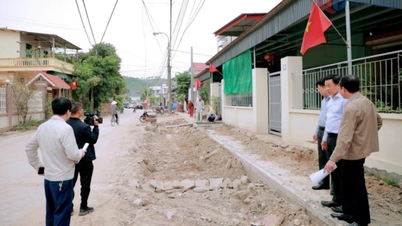




















Comment (0)